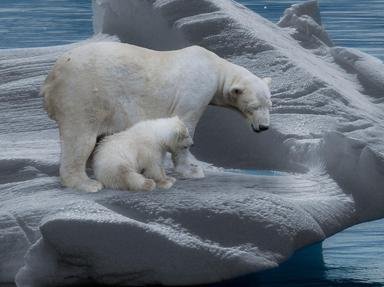Quiz Answer Key and Fun Facts
1. Krill is an umbrella term used to describe many species of open-ocean shrimp-like invertebrates. Which of the following is NOT true of Antarctic krill?
2. Although less famous than their marine counterparts, Antarctic terrestrial invertebrates constitute the most species-rich animal group of the region. Which of the following statements is INCORRECT?
3. You may not have heard of salps, but they are an important animal in the Antarctic food web. Which of the following is NOT true?
4. There are a number of cephalopods which inhabit the Antarctic, including squid. Which of the following is NOT a factual statement about squid in the Antarctic?
5. Despite the importance of the aquatic environment in Antarctica, there is not a huge variety of fish inhabiting the waters. Those that do live there are quite incredible. Which of the following is NOT correct?
6. During the spring a number of migratory birds fly to Antarctica for their breeding season. Which is the INCORRECT statement?
7. Antarctica is famous for its penguins. Which of the following is NOT a true statement?
8. Huskies are not native to the Antarctic, but they have had an important role in the region over the years. Which of the following is NOT true?
9. There are seven species of seals native to the Antarctic. Which of these is NOT an accurate statement about them?
10. The first whale sanctuary was established in Antarctic waters in 1938 to protect the majestic animals from hunting. Which of the following is NOT true of Antarctic whales?
Source: Author
looney_tunes
This quiz was reviewed by FunTrivia editor
crisw before going online.
Any errors found in FunTrivia content are routinely corrected through our feedback system.

